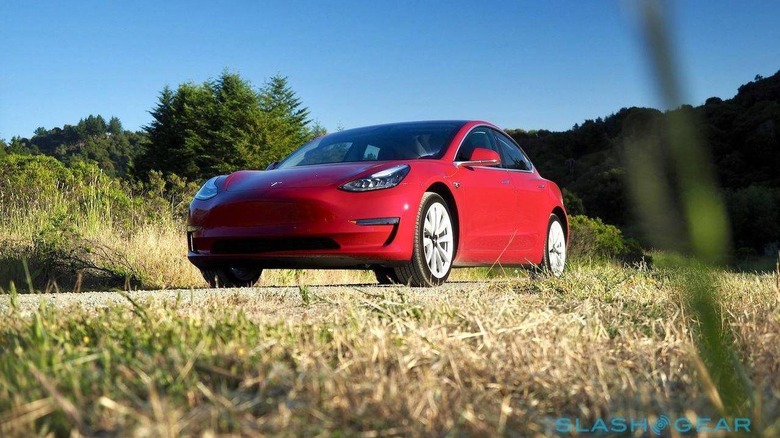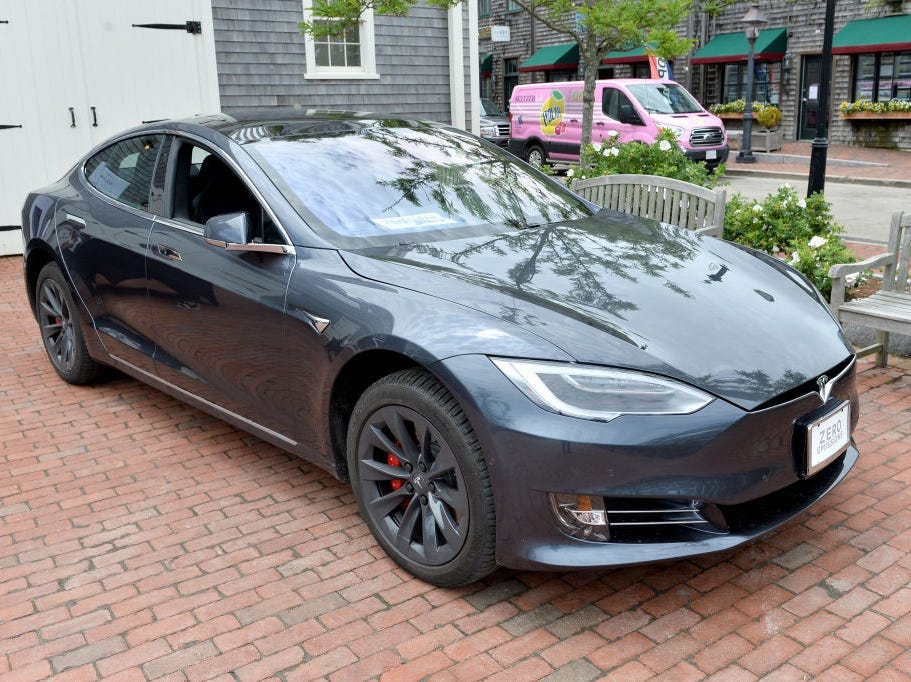
#SENTRY MODE MANUAL#
Tesla warns in its user manual that some Sentry Mode features of the car may be unavailable based on the user's geographical location and reminds owners to be aware of the applicable regulations. The collected data is used for improving and enhancing Tesla's products and services, but it is not specified which data is used for which purpose, adding to the concerns about the extent and potential misuse of the data collected by the Sentry Mode cameras. The live camera option, which needs to be manually turned on and has a limited 15-minute per day transmission, also falls short of satisfying data protection standards as there is no clear way for data subjects outside the car to know when it is recording. While Tesla claims that the videos are not transmitted to the company without the owner's consent, there are instances where anonymized videos are sent over for their Fleet Learning algorithm and in the case of a serious safety event.

The cameras, which are either triggered manually or automatically when the car recognizes a threat, have a 250-meter range and 360 degree coverage, filming the faces and license plates of not only those in the car but also pedestrians and other drivers. Tesla's Sentry Mode camera system raises concerns about data protection and privacy. The author presents a legal analysis of the system and argues that it cannot be reconciled with the GDPR obligations. The article specifically focuses on the Sentry Mode feature offered by Tesla vehicles, which raises questions about its compatibility with the General Data Protection Regulation (GDPR). The article highlights the privacy concerns surrounding the use of cameras in monitoring public spaces and how these issues are particularly relevant in Europe, where privacy is a fundamental aspect of the legal culture.


Images by Unsplash / Collage by Robert Handrow


 0 kommentar(er)
0 kommentar(er)
